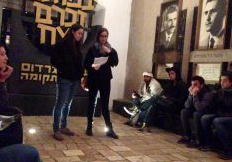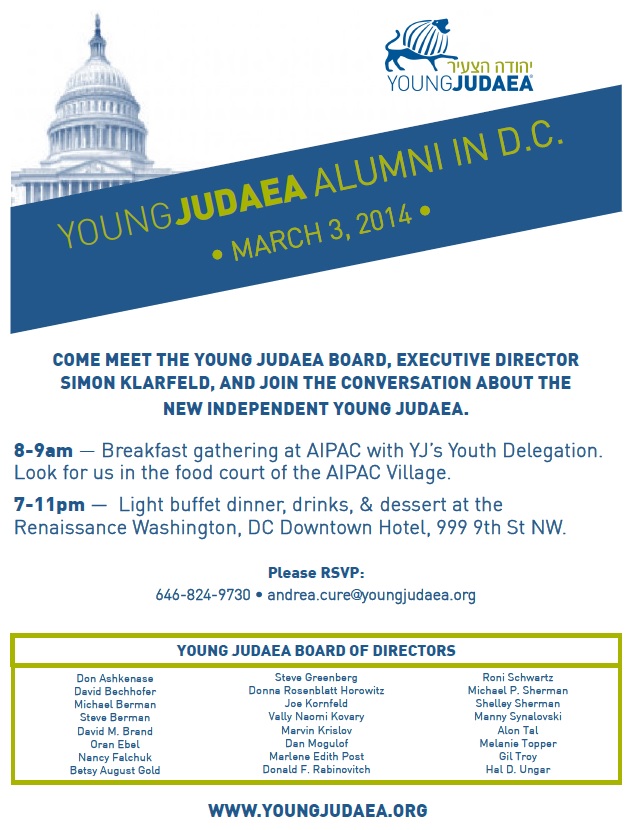The following Journal entries from Sarah Braginsky and Bess Brown should give you an idea of some of the activities that the Year Course participants have been doing in Rwanda in the past week.
From Sarah Braginsky
Day 3:
Today was our first day of service. In the morning we were split into four small groups to work on the farm, in the kitchen, on our bridge project, and in the storage room. On the farm Bess, Yoni and Natalie helped shuck corn alongside other workers who taught them the proper technique. Stephanie, Michelle and I worked in the kitchen cutting up a ton of vegetables. We even surprised the workers by how fast we worked. I guess working in the kitchen at Camp Tel Yehuda paid off. Ben, Adam and Anouska worked on our bridge project. We are making a bridge over the water trench so that cars can pass over. To do this we need to mix a lot of cement, so far today they carried the sand for the cement we’ll be making. In the meantime Sydney and James counted supplies in the storage room. In the middle of our shifts the kitchen provided us with a fresh fruit salad and samosas as a snack. It was a nice break.
In the afternoon we spent time at the ASYV science center. The kids’ ranged from finding the voltage of solar panels, to designing their own websites, and thinking of new ways of making energy. The science center is an amazing place, one that most people probably wouldn’t imagine when they think of education in Rwanda.
Every week the village has a debate. They start by debating within their families and then continue in the larger groups. Today we were able to sit in on a debate about the effect of Colonialism in Africa. My host family’s conclusion surprised me a little. While I assumed that they would place some blame on Colonialism for causing poverty in Africa, they felt that they learned useful things from the Colonialists that can help them advance socio-economically.
Day 4:
Today was an unintentional chance for some serious group bonding. We woke up and did our morning service. In the afternoon, it started to pour. There was thunder and lightning and buckets of rain. We participated in after school activities in the arts center while we waited for the rain to stop, but when the rain stopped, the power went out. It was dark out and difficult to see so we used our phones as flashlights to guide us back to the guest house. Being stuck in our lounge with only improvised phone-flashlights provided us an opportunity to get closer to one another. I think that after this experience we will start to form a more close friendship within our group.
From Bess Brown
Day 5:
Today, we went to the Kigali Memorial Museum. The museum talks about how the genocide in Rwanda began, what happened during the genocide and how Rwanda was able to recover from the horrors that their country endured. This museum is unique because it doesn’t just cover the genocide in Rwanda, but also provides information about the genocides in Cambodia, the Balkans, Armenia, and the Holocaust. It points out all of these awful tragedies that occurred and asks why no one did enough to stop them. The whole museum is a dim lit maze but you exit into multiple gardens all honoring a different group affected in the genocide, like the light at the end of the tunnel.
After the museum we went to an authentic Rwandan restaurant. It was basically an all you can eat buffet with one catch: you can pile your plate with as much food as you want but once you sit down, you can’t go back up again. It was a nice change from the routine of rice, potatoes, and beans for lunch and dinner. Once we had eaten all that we could handle, we headed over to the Kigali market.
We had all been to the shuks in Tel Aviv and Jerusalem but we had never seen a market like this. It’s not just in one straight line, but hundreds of different rows and aisles. Picture a Costco with no walls and aisles 10 times as small. On one side of the market you could find food and on the other side you could find clothes, trinkets and fabrics. Everyone there was pushing their goods aggressively – and of course at double the price for tourists. The Israeli in me came out and I started bargaining with every shop owner just as aggressively as they were selling. The group piled back into the bus and excitedly showed each off what we had bought. People came back with a variety of necklaces and bracelets, woven bowls and place mats, fabrics, fruit, and even a giant spoon.
After returning to the village and taking a short rest we gathered together and had a Kabbalat Shabbat service. We then all went to the amphitheater for village time. There’s really nothing in America like it but it’s something similar to a performance and assembly combined. There were about 10 different performances including singing, cartoons, sketches, and rapping. Its HIV awareness week and so all of the performances had something to do with HIV awareness. It was all done in KinyeRwanda, Rwanda’s official local language. Luckily the girl next to me helped translate what was going on. The final performance was the Dream Boys, a popular group in Rwanda. Look them up on Youtube they’re awesome!
Day 6:
We woke up bright and early at 5 am for the Muchaka Muchaka which is a run (but more like a jog) that the village does every Saturday morning. I was pretty nervous because I was expecting it to be a fast paced run but the jog was slow enough and I was able to fast walk alongside them for part of the run. We were all pretty tired after the run but right after breakfast we went out of the village to do some community service. I was expecting it to be a short walk but it was about an hour outside of the village by foot. By the time we got there we were all pretty exhausted but the kids jumped right in and began working. We shoveled away at the hillside in order to make a wider road. After about an hour and a half we were finished but instead of going back we went to what I was told was a meeting with the other group. There was definitely a cultural barrier because the “meeting spot” was in the middle of a village and there was a district meeting taking place. Basically all of the workers of the Rabona area gathered around and discussed what was going on in the village. I had a translator explained what was going on more-or-less. The meeting went on for a while and once it was over we all began the long walk back. We were all tired, burnt and thirsty and it was good to finally get back.
In the afternoon there was a soccer game against a team from outside the village. I don’t understand much soccer but it was really cool to see so many people from the village supporting the ASYV team. Although we lost, the kids were super spirited the whole game.
This evening was the announcing of Miss Rwanda and one of the contestants is a graduate of ASYV! The kids have all been super excited about it; they’re constantly on the computers voting over and over again for her. They’re broadcasting the show in the dining tonight so we will all find out who the winner will be. Keep your fingers crossed for us!
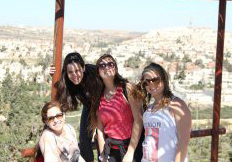
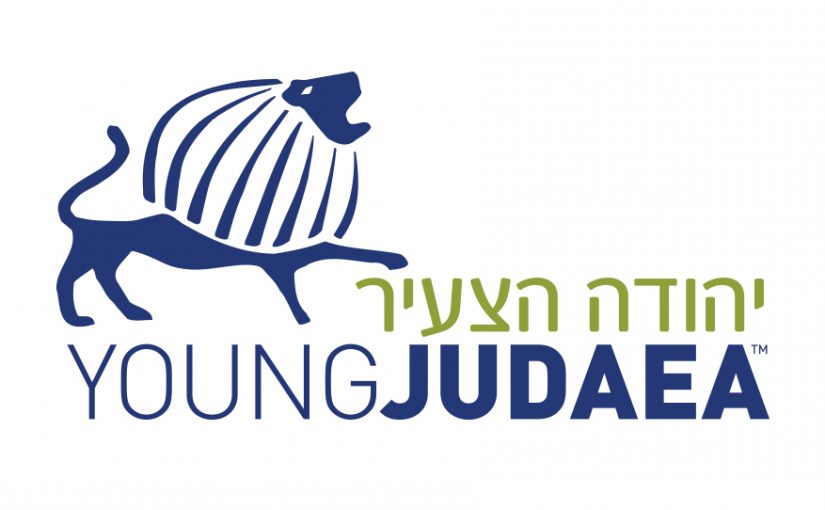
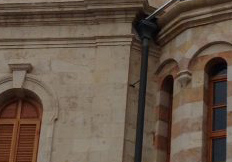 In the museum, Rabbi Kahn gave us a tour of the cells, synagogue, courtyards, and kitchen. A part of the tour that stood out to me the most was the Prisoners and Detainees of Bethlehem exhibit, honoring the women who fought in the Haganah and other underground groups. It was amazing to see that the women were just as daring as the men in their acts of rebellion. We watched a video that explained the hardships the women faced in the prison, and through it all, how passionate they remained for the cause. After Israel gained independence from the British, most of the detained women joined Israel’s army and continued fighting for their beliefs.
In the museum, Rabbi Kahn gave us a tour of the cells, synagogue, courtyards, and kitchen. A part of the tour that stood out to me the most was the Prisoners and Detainees of Bethlehem exhibit, honoring the women who fought in the Haganah and other underground groups. It was amazing to see that the women were just as daring as the men in their acts of rebellion. We watched a video that explained the hardships the women faced in the prison, and through it all, how passionate they remained for the cause. After Israel gained independence from the British, most of the detained women joined Israel’s army and continued fighting for their beliefs.